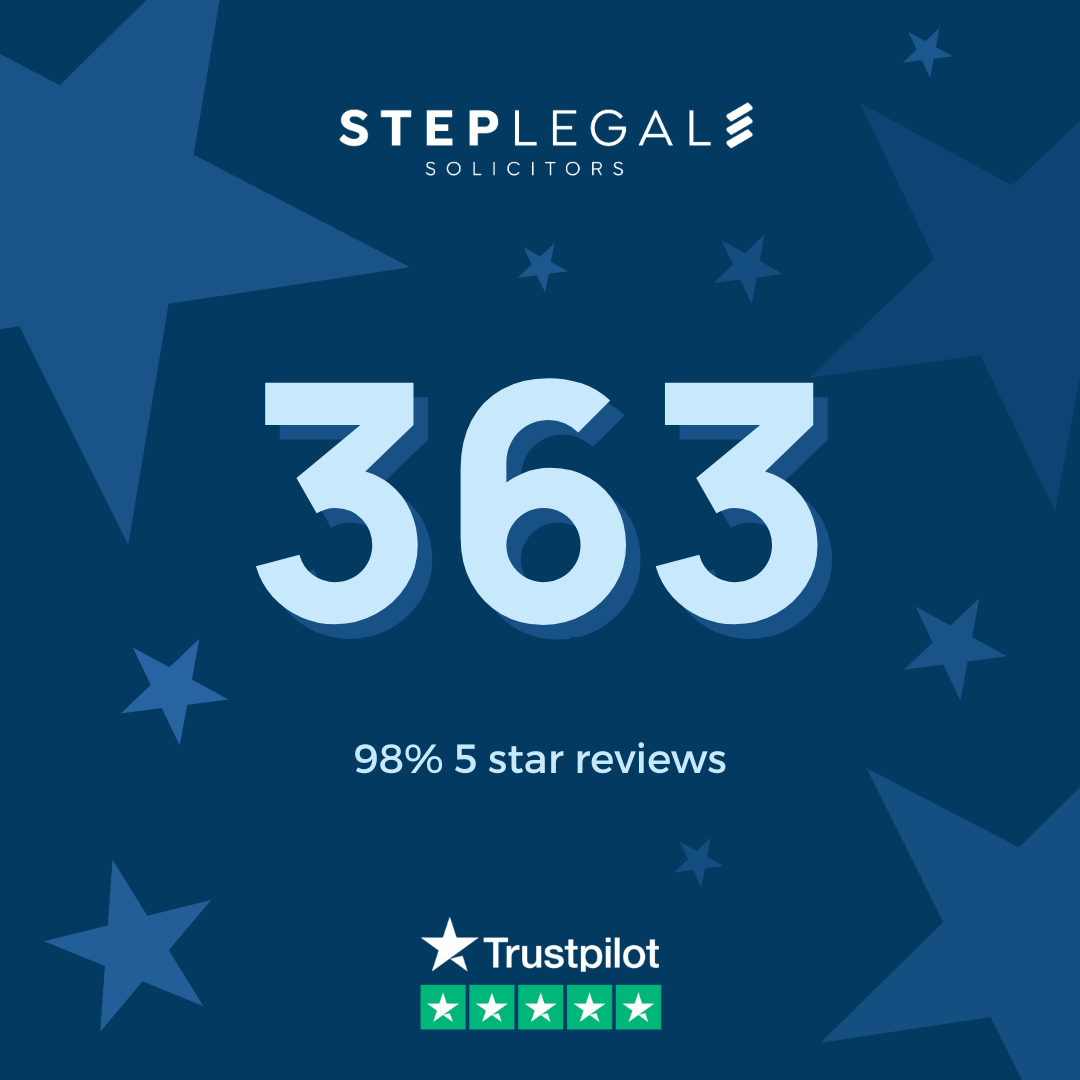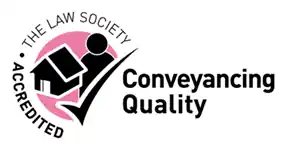
Temporary Changes To SDLT Rules Could Save House Buyers Thousands Of Pounds In The Coming Months
Temporary changes to stamp duty land tax rules could save house buyers thousands of pounds in the coming months
They say that every cloud has a silver lining and this certainly seems to be true if you are house hunting at the moment, given your ability to take advantage of a recently announced tax break designed to support would-be homebuyers during the ongoing coronavirus crisis.
The tax break comes in the form of changes made to the stamp duty land tax rules which increase the number of transactions on which no tax charge will be made and significantly reduces the amount of tax payable on those transactions which continue to be caught.
The new rules came into effect on 8 July 2020 and will continue to apply until 31 March 2021. This blog explains how the rules work and how by buying a house in the next six months you could save yourself a significant amount of money.
What is stamp duty land tax?
Stamp duty land tax, also known as stamp duty or SDLT, is a tax that buyers have to pay when purchasing residential land or property in England and Northern Ireland. It is calculated on property value and works on a sliding scale, with lower value properties attracting a small charge (or in some cases no charge) and higher value properties attracting a large charge.
The rate payable varies depending on whether you are a first-time buyer, an existing property owner looking to move, a second home owner or a private or corporate property investor.
What are the usual SDLT rates?
Prior to the temporary rule change announced on 8 July 2020, the rates of SDLT for most buyers were as follows:
| Property value | SDLT rate |
| Up to £125,000 | Zero |
| £125,001 to £250,000 | 2% |
| £250,001 to £925,000 | 5% |
| £925,001 to £1.5 million | 10% |
| Above 1.5 million | 12% |
For first-time buyers, there was no SDLT charge on properties worth up to £300,000, a 5% charge on properties worth between £300,001 and £500,000 and application of the usual rates for any properties worth in excess of this.
For second home owners and property investors, there was a three per cent surcharge on the usual rates, so 3% on properties worth up to £125,000, 5% on properties worth between £125,001 and £250,000, 8% on properties worth between £250,001 and £925,000 and so on.
Note that SDLT is calculated on a tiered basis. So, on a property purchase for an existing home owner worth £400,000, the tax calculation prior to 8 July 2020 would have been:
0% on the first £125,000 = £0
2% on the second £125,000 = £2,500
5% on the balance of £150,000 = £7,500
Total SDLT payable = £10,000
What are the new temporary SDLT rates?
For any residential property transaction concluded between 8 July 2020 and 31 March 2021, the following rates will apply to both home movers and first time buyers:
| Property value | SDLT rate |
| Up to £500,000 | Zero |
| £500,001 to £925,000 | 5% |
| £925,001 to £1.5 million | 10% |
| Above 1.5 million | 12% |
These rates will also apply to second home owners and property investors, but still subject to the usual 3% surcharge.
So what savings can I make?
Depending on how much money you are proposing to spend, there are potentially huge savings to be made, as the following examples demonstrate.
Property purchased 30 March 2021
Price paid: £625,000
Zero SDLT on first £500,000 = £0
5% SDLT on remaining £125,000 = £6,250
Total SDLT payable = £6,250
Property purchased 1 April 2021
Price paid: £625,000
Zero SDLT on first £125,000 = £0
2% SDLT on next £125,000 = £2,500
5% on remaining £500,000 = £25,000
Total SDLT payable = £27,500
So, by buying a property before 1 April 2021, the tax saving in this scenario would be £21,250. And even on lower value homes there are significant savings to be made – for example, by buying a house worth £180,000 before 1 April 2021 you could save yourself £1,100.
What happens after 31 March 2021?
For transactions concluded after 31 March 2021, the previous rules will apply and SDLT will again become payable on most transactions worth in excess of £125,000 (or £300,000 for first time buyers). The race is therefore very much on to buy a property in advance of this date.
How Step Legal Solicitors can help
Our experienced team of conveyancing lawyers understand how expensive buying a home can be and what a difference saving on stamp duty can make. For this reason, when you choose us to handle your forthcoming house purchase we promise to do all we can to ensure that the transaction proceeds smoothly, to deal effectively with any unexpected difficulties that may arise and to do whatever it takes to ensure that the matter completes in advance of 31 March 2021 when the temporary SDLT tax cut expires.
Our reputation for delivering a first class service is well established in Crewe and the surrounding area, which means that you can trust us to get you moved quickly. We are also extremely competitive on price – just use our online conveyancing costs calculator to generate an instant quote.
To find out more, please call us on 0800 1956412 and ask to speak to the head of our residential property department, Anees Khan. You may also find it helpful to look at the conveyancing section of our website https://www.steplegal.co.uk/buying-and-selling-residential-property/ and to read a recent blog highlighting the benefits of using us as your chosen property advisor https://www.steplegal.co.uk/blog/tips-for-choosing-a-conveyancer-and-what-we-can-bring-to-the-table/.
We can help whatever type of residential property you are looking to buy, including where you intend to buy a new build, a shared ownership home, an auction property or a buy-to-let investment.
















